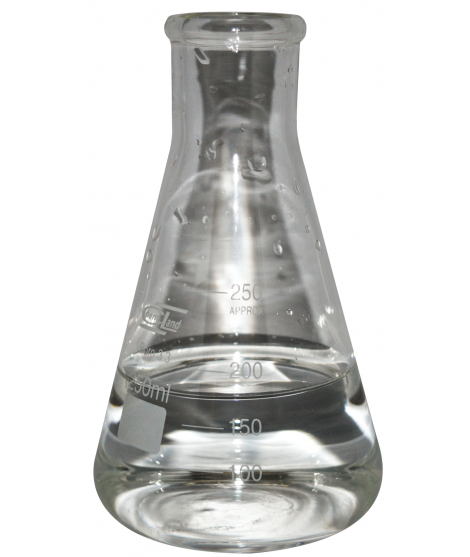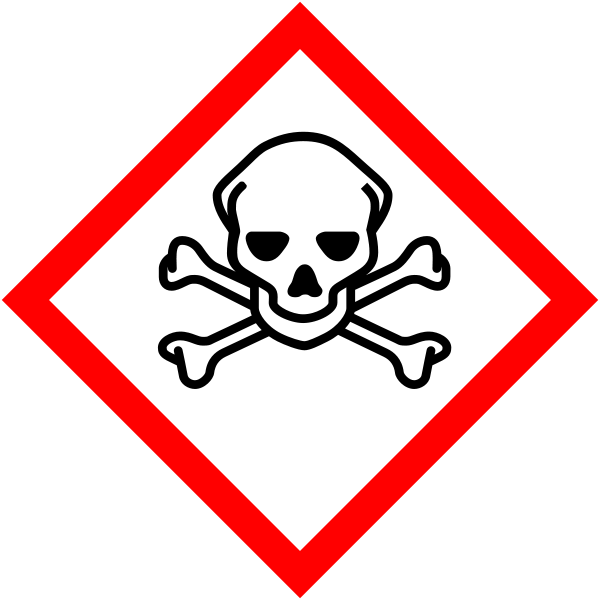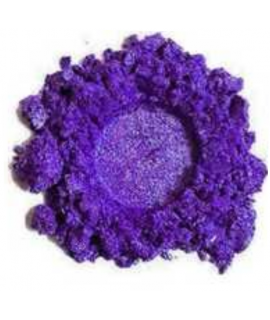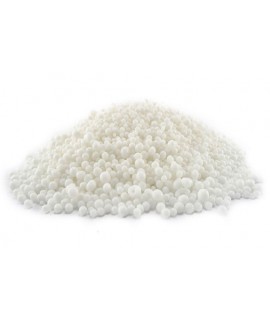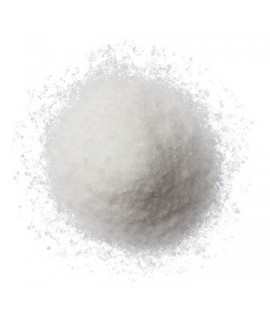FORMIC ACID 85%, L
27.00 €
02840505
Methanoic acid, CAS 64-18-6, monocarboxylic acid, INCI FORMIC ACID, oxomethanol.
Parameter | Attribute |
Formic acid | Isocarbonous acid, carbonous acid, formylic acid, methylic acid, hydrogencarboxylic acid, hydroxy(oxo)methane, metacarbonoic acid, oxocarbinic acid, oxomethanol, hydroxymethylene oxide, ant acid |
Formula | CH2O2 |
Structure |   |
IUPAC | Formic acid; Methanoic acid |
INCI | FORMIC ACID |
CAS | 64-18-6 |
Molar mass | 46,03 g/mol |
Density | 1,22 g/cm3 |
Solubility | Miscible in any ratio with water, miscible with polar compounds |
The main use of formic acid is as a feed preservative and antibacterial agent. In addition to ants, formic acid is found in various fruits, berries, nettles and honey. It is used against micro-organisms.
In animal husbandry, it is used in silages (including fresh hay) to promote lactic acid fermentation and inhibit butyric acid formation. It also allows the fermentation process to be accelerated and allows fermentation to take place at lower temperatures, thus reducing the loss of nutritional value. Formic acid restrains certain degradation processes and increases the nutritional value of the feed. In the poultry industry, it is sometimes added to feed to eliminate E. coli bacteria. As a preservative, acetic acid is relatively cheap and effective against bacterial growth and secondary heating of silage.
Recommendations for silage and mixtures thereof | |
Dosage 2 - 6 liters/tone | For surface spraying 0.25 liter/m2 |
Recommendations for the preservation of cereals (Whole Grain) | ||
Humidity (%) | Storage up to 6 months (liters/tone) | Storage up to 10 months (liters/tone) |
<14 | 2.0 | 2.5 |
15 | 3.0 | 4.0 |
16 | 4.0 | 5.0 |
17 | 4.5 | 6.0 |
18 | 5.0 | 7.0 |
19 | 6.0 | 8.0 |
20 | 7.0 | 9.5 |
22 | 9.0 | 11.0 |
Recommendations for the preservation of cereals (Crushed cereals) | ||
Humidity (%) | Storage up to 6 months (liters/tone) | Storage up to 10 months (liters/tone) |
<14 | 2.4 | 3.0 |
15 | 3.6 | 4.8 |
16 | 4.8 | 6.0 |
17 | 5.4 | 7.2 |
18 | 6.0 | 8.4 |
19 | 7.2 | 9.6 |
20 | 8.4 | 11.4 |
22 | 10.8 | 13.2 |
In schools, formic acid is used to extract formiate esters, which are used as perfumes.
In beekeeping, as one of the ways to combat varroasis, it is 90% effective on varroa in brood. Formic acid evaporates and burns off the varroa, we recommend the use of dispensers. It is very important not to overdose as it is very easy to cause damage to bees. If using 85% acid, dilute with water to a concentration of 60% and add to the dispenser. Use: Remove the balconies and lightly hum the dispenser over the combs, as formic acid is heavy and falls down. Between 2.5 and 6 g of acid must evaporate per day, with an efficiency of between 30% and 90%. The outside temperature is between +100C and +250C, which is very important for the evaporation of the acid. Recommended dosage: 40ml of acid added to the dispenser is kept in the hive for 10 days. If the colony is severely affected by varroa, it is possible to use several dispensers at the same time.
In cosmetics, formic acid is used as a pH adjuster, a scrubbing agent, a preservative in cosmetic products, in facial cleansers and in foot care products. The maximum permitted concentration of the acid in ready-to-use cosmetic products is up to 0,5% pure acid.
In the cleaning industry, formic acid is also used in place of mineral acids in various cleaning products such as descalers and toilet cleaners. Hydrogen formiate is also used to dissolve and clean various plastics. It dissolves polymers, polyesters and other plastics particularly easily at higher concentrations. In addition, it is often used to disinfect wine and beer barrels and equipment.
In leather tanning, formic acid is used in the tanning process because of its acidic effect and its effect on pigmentation.
In the rubber industry, hydrogen formiate is used as a coagulant in rubber production.
In medicine, formic acid is used as a wound treatment agent and in antibacterial products.
Important: Add the item to your basket, fill in the recipient's details and confirm your order. Thank you!
To save your precious time, we will deliver your order to your address at a time convenient for You!
*- The pictures of the goods may not correspond to the actual appearance, color, assembly or shape of the goods and their packaging. The information in the product description is of a general nature and may not correspond to the information on the packaging of the product and may not be the exact use of the product. The information given on the stocks and prices of goods may, in certain cases, differ from the actual prices and stocks of goods
Signal word: DANGER |
Hazard icons:
|
Danger phrases: H302 Harmful if swallowed H314 Severe skin burns and eye damage H331 Toxic by inhalation EUH071 Respiratory toxicity. |
Precautionary statements: P260 Do not inhale dust/ fumes/ gases/ mists/ vapors/ aerosols. P280 Wear protective gloves/protective clothing/eye/face protection. P303+P361+P353 IN CASE OF CONTACT WITH SKIN (or hair): remove immediately any contaminated clothing. Wash skin with water [or spray]. P304+P340 INTRODUCTION: remove the victim to fresh air; he/she must be in a comfortable position to allow breathing freely. P305+P351+P338 IN EYES: wash gently with water for a few minutes. Remove contact lenses, if present and if easy to do so. Continue washing eyes. P310 Immediately call the ACCIDENT CONTROL AND INFORMATION OFFICE/ |
02840505
Related products
(8 other products in the same category)

